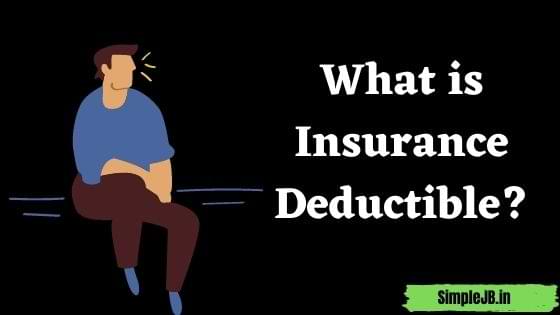Your total loan cost is the amount you end up paying, in total, to borrow money. It’s more than just the interest rate (the APR or nominal interest rate) because it also includes other fees and costs like origination fees, late fees, application fees, and penalty fees. To reduce your total loan cost, you need to lower your monthly payments by either making larger payments or paying off your loan faster—or both!
Table of Contents
1) Getting Rid of Bad Debt
If you have any kind of debt that’s accruing interest, take whatever steps are in your power to reduce or eliminate it. Credit card balances, student loans, and home equity lines of credit (HELOCs) should all be addressed as soon as possible. The higher your interest rate, typically, the more you’ll end up paying in total over time. To reach financial independence as quickly as possible, focus on reducing your total loan cost.
2) Refinancing Student Loans
If you’re looking to cut down on your total loan cost, refinancing student loans may be a good option. Federal student loans are eligible for refinancing through sites like LendKey and CommonBond, which work with many other lenders that can help you get a more favorable rate and more manageable monthly payments. Through these sites, borrowers can refinance both federal and private student loans—and possibly save money in interest costs over time.

3) How Long Should I Pay Off My Debt?
This is a difficult question that has no universally accepted answer. It depends on your overall financial situation, as well as what you plan to do with your life. If you’re planning on retiring early, it makes sense to prioritize paying off large debts over smaller ones since they can have a big impact on retirement savings.
4) Consider Deferment and Forbearance
If you are struggling with debt, it may be worthwhile to explore options for deferment or forbearance. Forbearance is often offered by student loan providers as a way to give you breathing room from your payments, provided that you can show financial hardship. Deferment is also an option; under federal student loan programs, you can usually defer your payments if you are enrolled in school at least half-time.
5) Paying Multiple Loans Simultaneously
One of the best ways to reduce your total loan cost is by paying multiple loans simultaneously. A common example of a debt consolidation loan, these loans allow you to roll multiple smaller loans into one larger loan. You’ll make a single monthly payment on a newly consolidated debt, and often enjoy lower interest rates and longer repayment terms than were previously available for your debts.
6) Ask Your Lender About Discounts
When you’re paying off student loans, it’s tempting to just pay what your lender tells you. This is a mistake—many student loan companies offer discounts for timely payments, so make sure you ask about any discount programs that may be available and get on top of your payments as soon as possible. You might be surprised by how much interest you can save with good repayment habits.
7) Take Advantage of Any Cash Incentives or Rebates They Offer
Depending on what type of vehicle you are looking at, take advantage of any cash incentives or rebates that might be offered by your dealership. You may qualify for these rebates and many offer them as a way to compete with other dealerships within their area. These incentives and rebates can add up quickly and could save you hundreds, if not thousands of dollars over time.
8) Don’t Panic if You Miss a Payment
It’s far better to default on a loan than it is to make late payments over and over again. Paying late hurts your credit score, which means you’ll have a harder time getting loans in the future (making it more likely that you will end up defaulting). Defaulting on a loan can also lead creditors to sue you, garnish your wages, or take your tax refunds.
9) Get Help From A Professional Or Public Service Organization
Getting help from a professional or public service organization can significantly reduce your overall loan cost. Organizations like Consumer Credit Counseling Services, credit unions, churches, and many other similar groups offer free financial guidance and other valuable resources to consumers who are having trouble paying their loans. If you’re struggling financially, it’s worth reaching out for assistance; not only could it reduce your total loan cost by as much as hundreds of dollars per month but it could also improve your credit score in time.
Conclusion
With just a little effort, you can make a huge difference in your total loan cost. And while you may not want to pay thousands of dollars more than you have to in interest over the life of your loan, it’s not worth taking shortcuts or ignoring refinancing. Reducing your monthly payments and closing costs by thousands of dollars could end up saving you tens of thousands—or even hundreds of thousands—of dollars over time.



Want to download valimai good quality in hindi
link in post